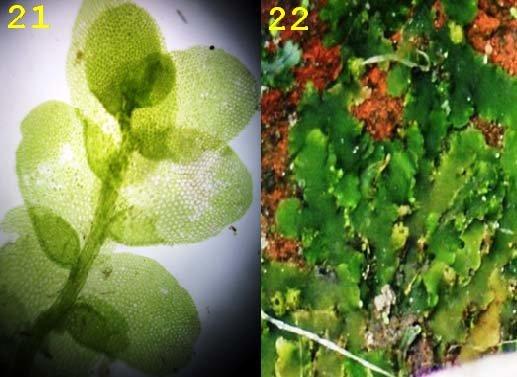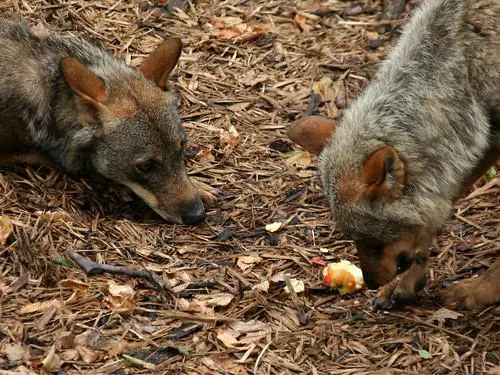Ptychanthus: Exploring a Unique and Fascinating Moss
Affiliate Disclaimer: As an affiliate, we may earn a small commission when you make a purchase from any of the links on this page at no additional cost to you!
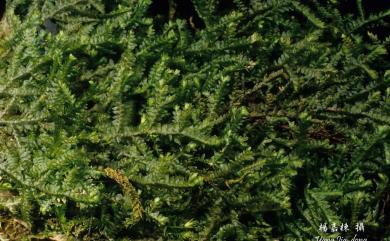
693fd4bcff5b86ab895bce0cbf814f31.jpg from: https://taieol.tw/pages/46429
Exploring the Fascinating World of Ptychanthus irawaddensis Moss
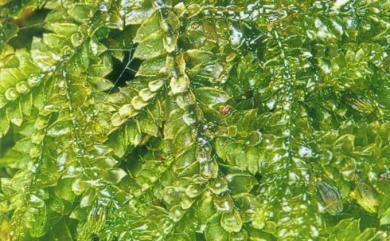
6fb0db66561f02452c805f67eb66da30.jpg from: https://taieol.tw/pages/12526
Introduction
Mosses are often overlooked, but they play crucial roles in ecosystems around the world. One particularly interesting species is Ptychanthus irawaddensis (Steph.) Steph., commonly known as Ptychanthus moss. This small but mighty plant is part of the Lejeuneaceae family and has some unique characteristics. Let’s dive in and learn more about this fascinating moss!
Background on Ptychanthus Moss
Ptychanthus irawaddensis is a species of leafy liverwort belonging to the class Jungermanniopsida in the division Marchantiophyta. The species name “
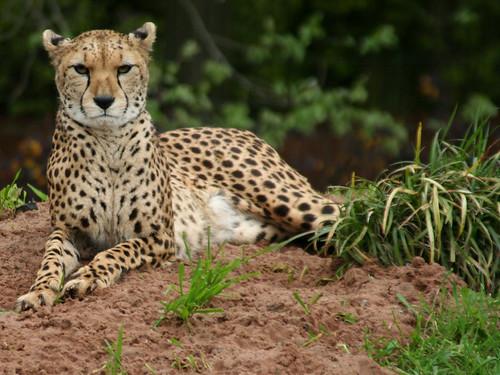
7643013322_edf96852aa.jpg from: https://www.flickr.com/photos/50910388@N08/7643013322
irawaddensis” refers to the Irrawaddy River in Myanmar, one of the locations where this moss is found. Ptychanthus was first described by German botanist Franz Stephani in the early 1900s.
Morphology and Identification
Ptychanthus moss has small, delicate leafy shoots that are usually less than 1 cm long. The
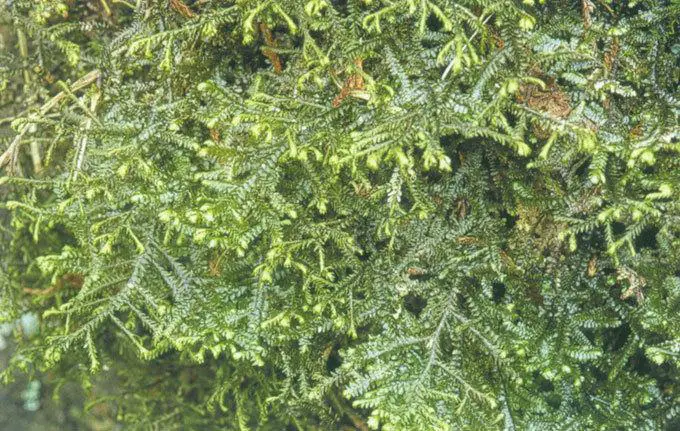
1ad27152e50a0ea17730856f3299a193.jpg from: https://openmuseum.tw/muse/digi_object/5a64e4e770e470c29516c24a8c5e3008
leaves are arranged in two rows and have a unique folded or conduplicate shape. Under a microscope, you can see that the leaf cells have
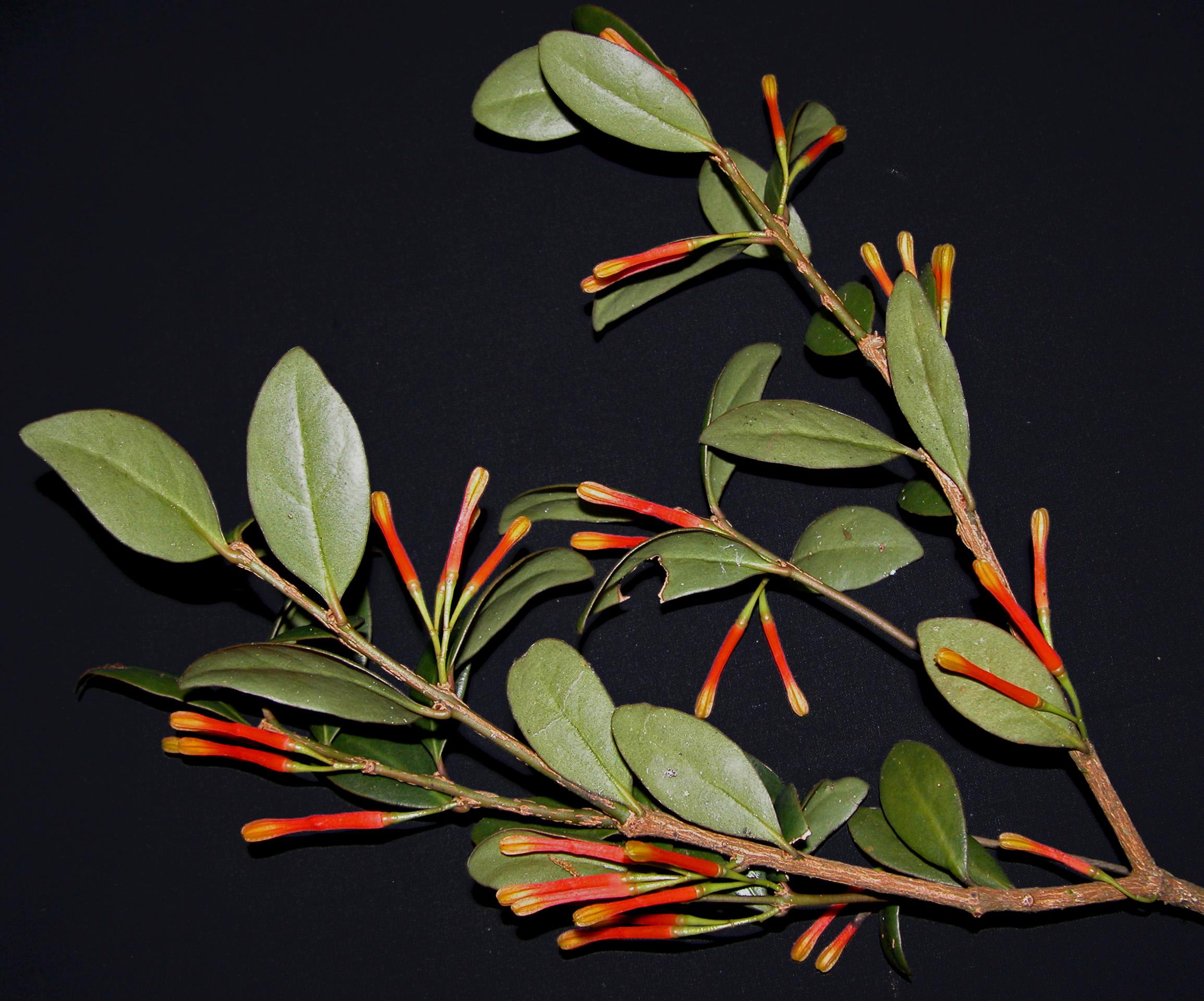
15012.jpg from: http://biogeodb.stri.si.edu/bioinformatics/dfm/metas/view/15012
oil bodies, which are characteristic of liverworts. Ptychanthus is dioicous, meaning male and female reproductive structures are on separate plants.
Global Distribution and Habitat
Ptychanthus irawaddensis has a wide distribution across tropical and subtropical regions of Asia, Africa, and Oceania. It grows as an epiphyte on the bark of trees and shrubs in moist forests and woodlands. The moss is well-adapted to
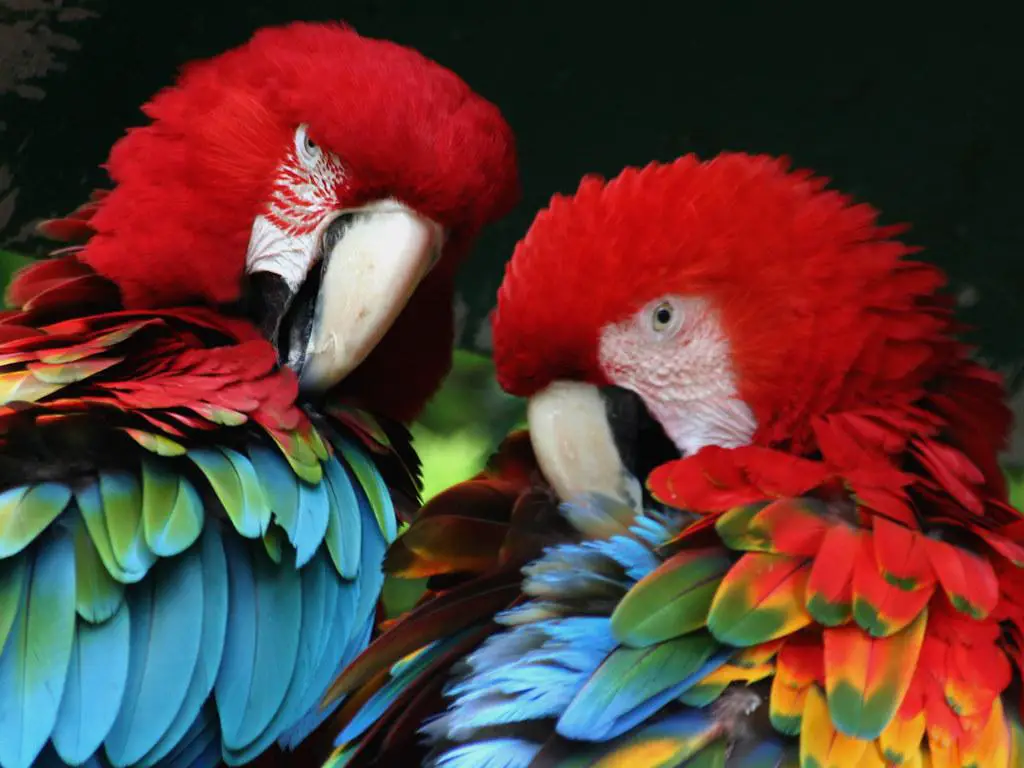
7642996232_05d3e06d1e_b.jpg from: https://www.flickr.com/photos/50910388@N08/7642996232/
shaded, humid environments and can tolerate low light conditions.
Ecological Roles and Adaptations
Like other mosses, Ptychanthus plays important roles in its ecosystem:
- Moisture retention: The dense mats of moss help trap and retain moisture, regulating humidity in the microenvironment.
- Nutrient cycling
19-22-19-Heteroscyphus-hyalinus-20-Ptychanthus-striatus-21-Cololejeunea.png from: https://www.researchgate.net/figure/19-22-19-Heteroscyphus-hyalinus-20-Ptychanthus-striatus-21-Cololejeunea_fig3_255968595
: As the moss decomposes, it releases nutrients back into the soil for other plants.
- Microhabitat creation: The intricate structure provides shelter and habitat for tiny invertebrates and microorganisms.
Ptychanthus has several adaptations that allow it to thrive in its environment:
- Desiccation tolerance
8672523239_d30acb46b3_b.jpg from: https://www.flickr.com/photos/50910388@N08/8672523239/
: The moss can survive periods of drying out by going dormant until moisture returns.
- Efficient water uptake: The leaves are arranged to efficiently channel water and nutrients from the atmosphere.
7707042260_19acc8b97a.jpg from: https://www.flickr.com/photos/50910388@N08/7707042260/
- Asexual reproduction: In addition to sexual spores, Ptychanthus can reproduce vegetatively through fragmentation.
Conclusion
The diminutive Ptychanthus irawaddensis moss may be easily missed, but it is a prime example of how even the smallest organisms can have outsized ecological impacts. The next time you see moss growing on a tree, take a closer look – you may be gazing at a miniature world teeming with life! What other secrets do you think bryophytes like Ptychanthus still hold?

hqdefault.jpg from: https://www.youtube.com/shorts/ZMusq7fe8vE

